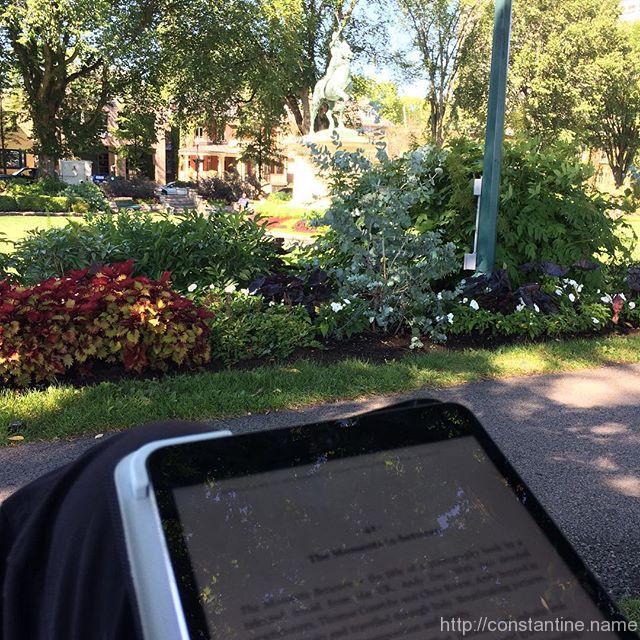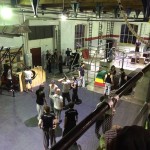Nature has given us two ears, two eyes, and but one tongue – to the end that we should hear and see more than we speak.
~ Socrates
I think that “shutting up” has been the most difficult aspect of my Parkour journey.
In my youngling days — let’s define that as sub-30-years-old — I was always the clown: obnoxious; rude, crude and ill-mannered; smart ass. When you have a big ego and low self-esteem, you seek attention to try to make those ends meet. That’s probably a good benchmark definition of dysfunctional. Worse, I had no idea such was the case. Over the next ten years, (or so,) I started to realize that such behavior was dysfunctional and pathetic. That decade was finally followed by my beginning to try to change about 40 years of ingrained behavior.
It was at this point — just as I was trying to change the course of a very large ship with a very small rudder — that I started Parkour. At the time, I simply jumped into Parkour being my usual self. But two pushups into my first class I was stripped of my delusions of grandeur. Two minutes in, and I figured out that I was an out-of-shape pile of bacon. After two hours of trying to do something, anything, and failing and sweating and flailing and sweating more… Well, shit got real.
That first class was followed by a solid year of me having an argument with myself, in real-time, at every class. Every time I’d exhibit some variation of my dysfunctional behavior I’d mentally berate myself; Shut up. Train. After each class, I’d think back on all the cringe-worthy moments and think: Next time, shut up more. Train more.
Somewhere around two years in, my ship’s course had shifted far enough that the dysfunctional behavior was noticeably tailing off. Certainly, the behaviors I disliked were still frequent enough to bother me, but they WERE tailing off.
Now, three years in and going stronger than ever, I’ve made a lot of progress in terms of fixing myself mentally and physically. I can now say, with an air of experience: Everything has changed. And nothing has changed.
Shut up more. Train more.
ɕ



















































